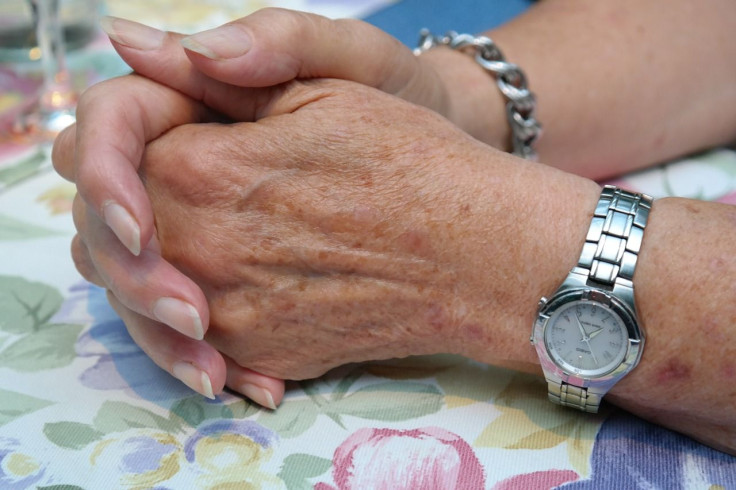Heart Attack: Watch Your Fingernails For These Warning Signs

KEY POINTS
- Heart attack can occur at a moment that you least expect it
- This is why it is very important to watch out for symptoms of the conditions associated
- One such symptom can be found on your nails
A heart attack is considered a life-threatening medical emergency. This condition happens when the flow of oxygen-rich blood is restricted to the heart. When the organ has insufficient amounts of oxygen and other nutrients, heart muscle sections may begin to die. There is a sign you need to watch out for signaling that you are at an elevated risk of this occurrence.
The Cause
Sometimes referred to as ischemic heart disease, coronary heart disease can cause angina or chest pain, heart attack, and heart failure. In most cases, this is caused by the accumulation of fatty substances, called atheroma, in the coronary arteries.
When atheroma builds up in the artery walls, this restricts the flow of blood around the body. Sometimes, a tiny section of atheroma breaks off and forms a blood clot. This blood blot can block the flow of blood to the heart, causing a heart attack.
A Warning Sign
Coronary heart disease causes the manifestation of several symptoms. You need to watch out for its symptoms before the deadly disease snuffs your life out. Among such symptoms that you need to look out for are red or purple lines that somehow form under your fingernails.
The American Academy of Dermatology or AAD said as long the lines on your fingernails were not caused by an injury, such lines could warn you of coronary heart disease.
Referred to by doctors as splinter hemorrhage, these coronary heart disease lines, when not caused by an injury but just casually appeared, can be accompanied by a high fever. You may also experience an irregular or weak heartbeat.
Clubbing is another fingernail sign that can indicate you may have coronary heart disease according to the AAD. Clubbing is a medical term used to describe swollen fingers with downward-turned nails. Additionally, the NHS also revealed that chest pain is the most common indicator of coronary heart disease.
Risk Factors
Many risk factors can increase the likelihood of developing coronary heart disease. According to the NHS, hypertension or high blood pressure is among such risk factors. High levels of cholesterol in the blood and diabetes are also among the risk factors of the illness. Smoking, leading a sedentary lifestyle, and obesity all contribute to increasing your risk of developing coronary heart disease.
Minimizing The Risks
To lower your risk of developing coronary heart disease, the NHS recommends consuming a healthy and balanced diet. Such a diet must be loaded with lots of fresh vegetables and fruits. There is also a need for you to limit your salt intake and avoid foods that contain saturated fats. Examples of these food types are butter, sausages, hard cheese, and meat pies. Finally, maintain a healthy weight by becoming more physically active throughout the day.
© Copyright IBTimes 2024. All rights reserved.





















